I think so.
A recent study demonstrates that machine learning methods could determine the risk of a viral jump or “spillover” from animals to humans.
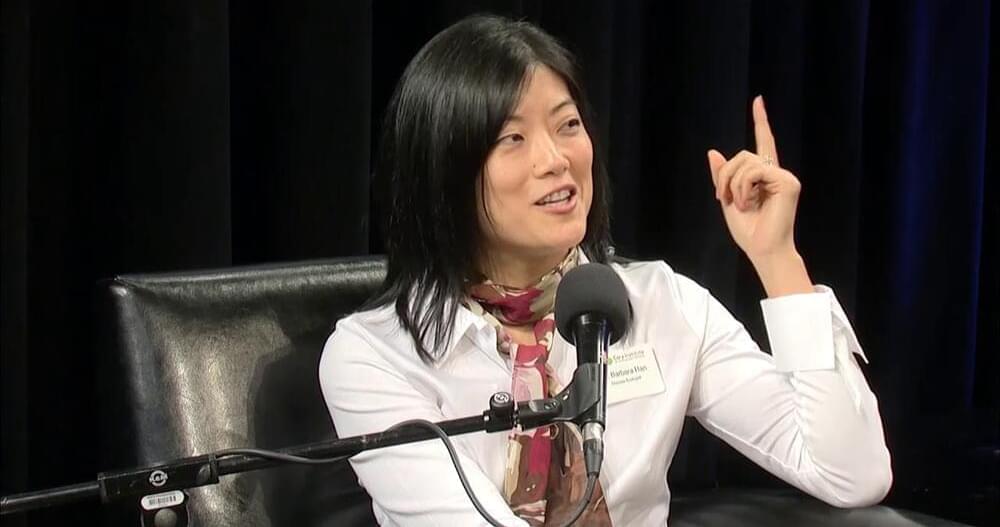
I think so.
A recent study demonstrates that machine learning methods could determine the risk of a viral jump or “spillover” from animals to humans.
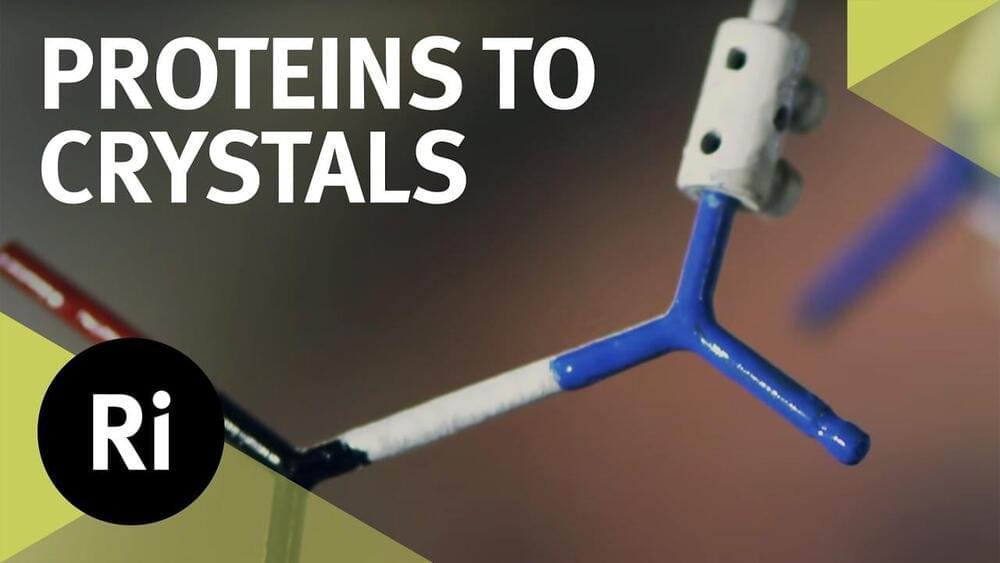
It can be difficult to distinguish between substance and hype in the field of artificial intelligence. In order to stay grounded, it is important to step back from time to time and ask a simple question: what has AI actually accomplished or enabled that makes a difference in the real world?
This summer, DeepMind delivered the strongest answer yet to that question in the decades-long history of AI research: AlphaFold, a software platform that will revolutionize our understanding of biology.
In 1,972 in his acceptance speech for the Nobel Prize in Chemistry, Christian Anfinsen made a historic prediction: it should in principle be possible to determine a protein’s three-dimensional shape based solely on the one-dimensional string of molecules that comprise it.

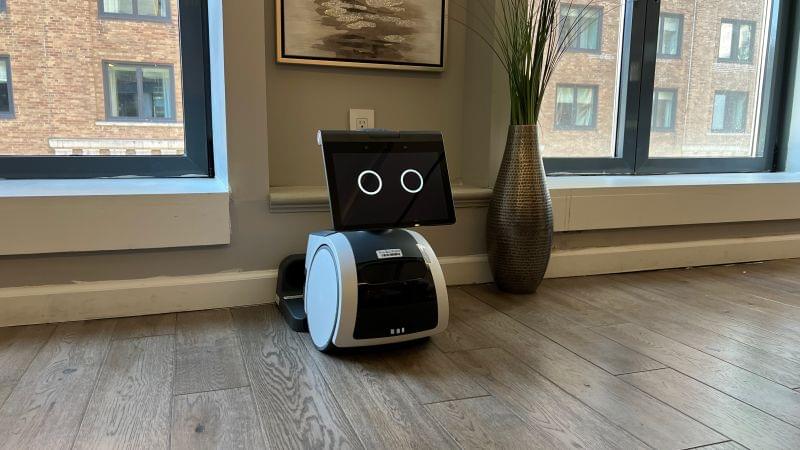
Looks kind of like a computer printer on big wheels.
We got to see Amazon’s latest gadget early — it’s the long-rumored robot.
We spent about 50 minutes with Astro. Like robots of the past (some have fizzled out; others have gone extinct like Anki’s Vector and Cozmo robots), it focuses on peace of mind in the likes of home monitoring and checking in on household members, along with providing entertainment. At the heart of Astro is Amazon’s smart assistant and artificial intelligence chops — so, yes, Alexa is on board just with an “Astro” wake word so that you can ask for the weather, a question or to go to a specific room.
So let’s break down Astro, what it can do and what we think after seeing this unique robot up close.
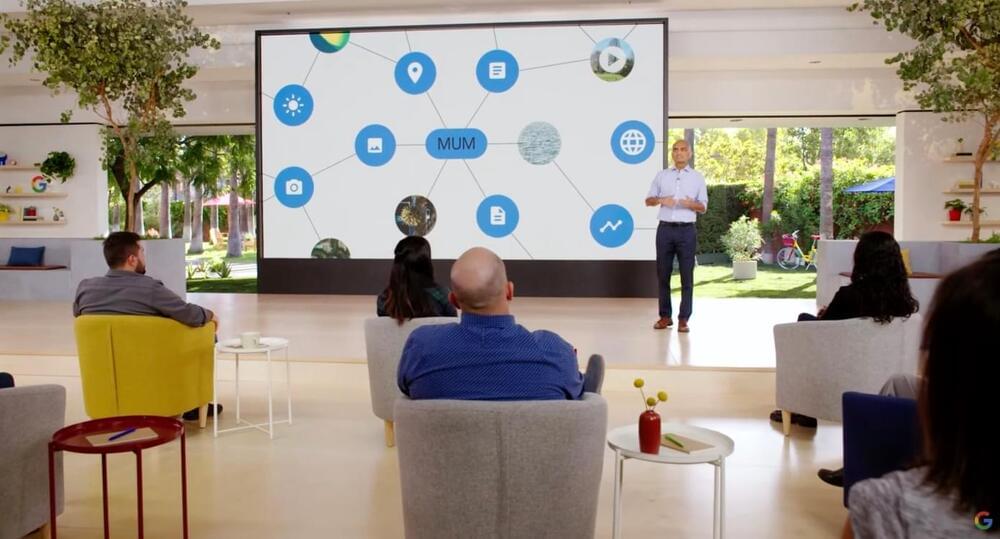
Google announced today it will be applying AI advancements, including a new technology called Multitask Unified Model (MUM) to improve Google Search. At the company’s Search On event, the company demonstrated new features, including those that leverage MUM, to better connect web searchers to the content they’re looking for, while also making web search feel more natural and intuitive.
One of the features being launched is called “Things to know,” which will focus on making it easier for people to understand new topics they’re searching for. This feature understands how people typically explore various topics and then shows web searchers the aspects of the topic people are most likely to look at first.
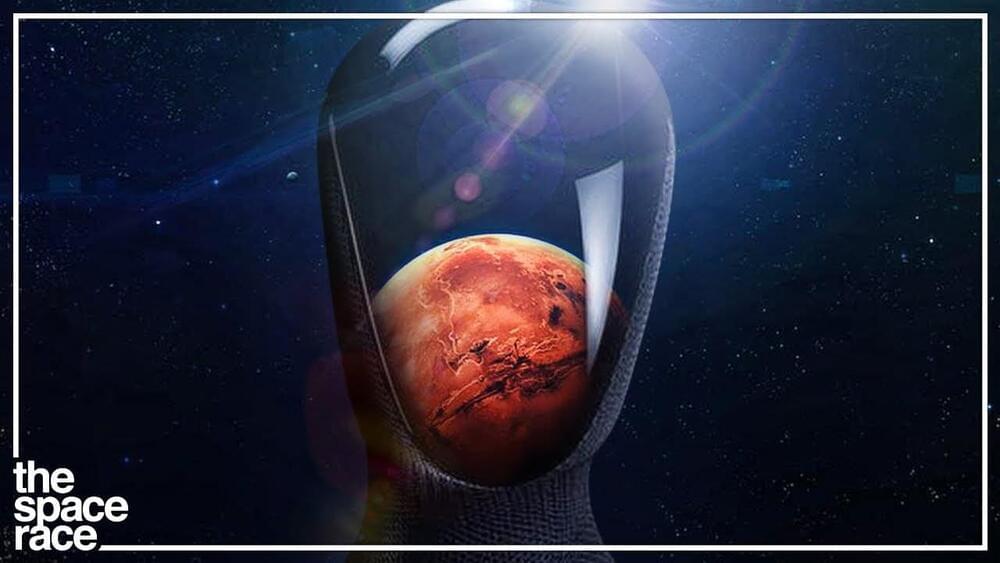
Elon Musk’s robotic humanoid the Tesla Bot was recently revealed at AI day, how will this help with the SpaceX mission to colonize Mars? Let’s review all of the news and updates around the Tesla Bot, and how it will help with the SpaceX mission to colonize Mars.
Last Video: How SpaceX and NASA Plan To Colonize The Moon!
https://youtu.be/ONWQbcPNYFs.
Subscribe: https://www.youtube.com/channel/UCJjA…
SpaceX News and Updates: https://www.youtube.com/playlist?list=PLBfN0491sF0QGbrNimSIWKYeyQ7JjENhE
NASA News and Updates:
Blue Origin News and Updates:
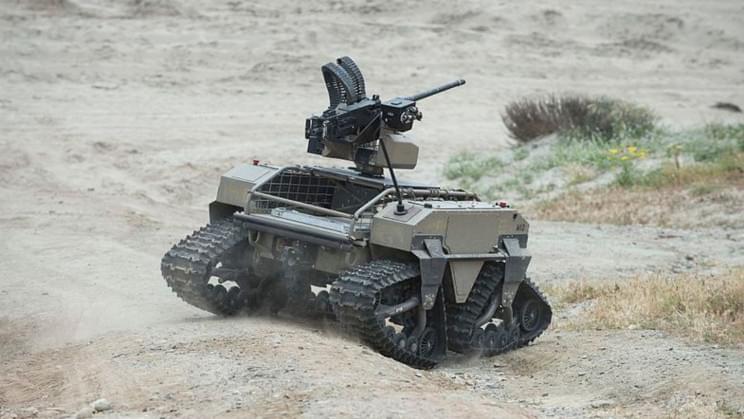
Without a new legal framework, they could destabilize societal norms.
Autonomous weapon systems – commonly known as killer robots – may have killed human beings for the first time ever last year, according to a recent United Nations Security Council report on the Libyan civil war. History could well identify this as the starting point of the next major arms race, one that has the potential to be humanity’s final one.
Autonomous weapon systems are robots with lethal weapons that can operate independently, selecting and attacking targets without a human weighing in on those decisions. Militaries around the world are investing heavily in autonomous weapons research and development. The U.S. alone budgeted US$18 billion for autonomous weapons between 2016 and 2020.
Meanwhile, human rights and humanitarian organizations are racing to establish regulations and prohibitions on such weapons development. Without such checks, foreign policy experts warn that disruptive autonomous weapons technologies will dangerously destabilize current nuclear strategies, both because they could radically change perceptions of strategic dominance, increasing the risk of preemptive attacks, and because they could become combined with chemical, biological, radiological and nuclear weapons themselves.
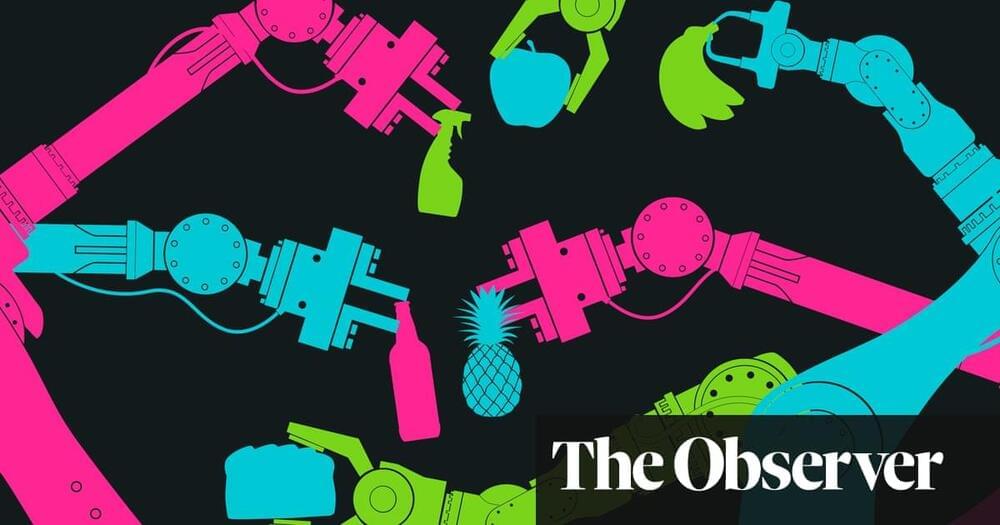
Designing a society that can adapt to the rise of artificial intelligence and allow everyone to thrive as these changes unfold is likely to be one of our most significant challenges in the coming years and decades. It will require an emphasis on retraining and education for those workers who can realistically undertake the necessary transition, as well as an improved safety net – and perhaps an entirely new social contract – for those who will inevitably be left behind.
From fast food to farming, Covid-19 has accelerated the rise of the worker robots. This in turn will put more jobs at risk and makes the need to reframe society ever more urgent.

Stimulating STEM Innovation & Securing U.S. High-Tech Economy — Kimberly A. Reed, Fmr President and Chairman Export-Import Bank of the United States.
Kimberly A. Reed just finished up a 2-year term as President and Chairman of the Board of Directors of the Export-Import Bank of the United States (EXIM — https://www.exim.gov). She was the first woman to lead EXIM in the agency’s 87-year history, was the first recipient of EXIM’s highest honor, the Franklin D. Roosevelt Award, and was confirmed by the U.S. Senate in 2019 on a strong bi-partisan basis.
EXIM provides loans, guarantees, and export credit insurance for the export of U.S. goods and services from enterprises ranging from Fortune 100 companies to small businesses in a multitude of sectors including infrastructure, power, agriculture, transportation/aviation, health care, commodities, industrial, and technology.
Ms. Reed was recognized for successfully navigating Congress to re-open EXIM after four years of dormancy and transforming the mission and impact of the 515-person independent federal agency.
Ms. Reed also spearheaded EXIM’s historic, longest-ever Congressional re-authorization of seven years and a significant new mandate, the Program on China and Transformational Exports, which focuses on industries including biomedical sciences, biotechnology, wireless communication (5G), renewable energy, financial technologies, artificial intelligence, and the space industry.
Prior to EXIM, Ms. Reed spent her career working at senior levels in both the public and private sectors.
Ms. Reed served as President of the International Food Information Council (IFIC) Foundation where she worked with multi-national food, agriculture, and nutrition companies to understand consumer insights, communicate the science, and increase U.S. sales and exports.
At the U.S. Department of the Treasury, Ms. Reed headed the Community Development Financial Institutions Fund, where she oversaw the award of $4 billion in tax credits, loans, and grants to financial institutions and economic development groups investing in distressed communities across the nation.

For a long time fixed wing VTOL drones were tricky to work with, but with the availability of open source flight control and autopilot software this has changed. To make experimentation even easier, [Stephen Carlson] and other researchers from the RoboWork Lab at the University of Nevada created the MiniHawk, a 3D printed VTOL aircraft for use a test bed for various research projects.
Some of these project include creating a longer wingspan aircraft by combining multiple MiniHawks in mid-flight with magnetic wing-tip mounts, or “migratory behaviors”. The latter is a rather interesting idea, which involves letting the craft land in any suitable location, and recharging using wing mounted solar panels before continuing with the next leg of the mission. With this technique, the MiniHawk could operate on mission almost indefinitely without human intervention. This is a departure from some other solar planes we’ve seen, which attempt to recharge while flying, or even ditch batteries completely, which limits operation to sunny weather conditions.
The design is open source, with all the relevant information and files available on GitHub. This looks like a fun craft even if you don’t plan on doing research with it, and [Stephen] also created an FPV specific canopy cover.